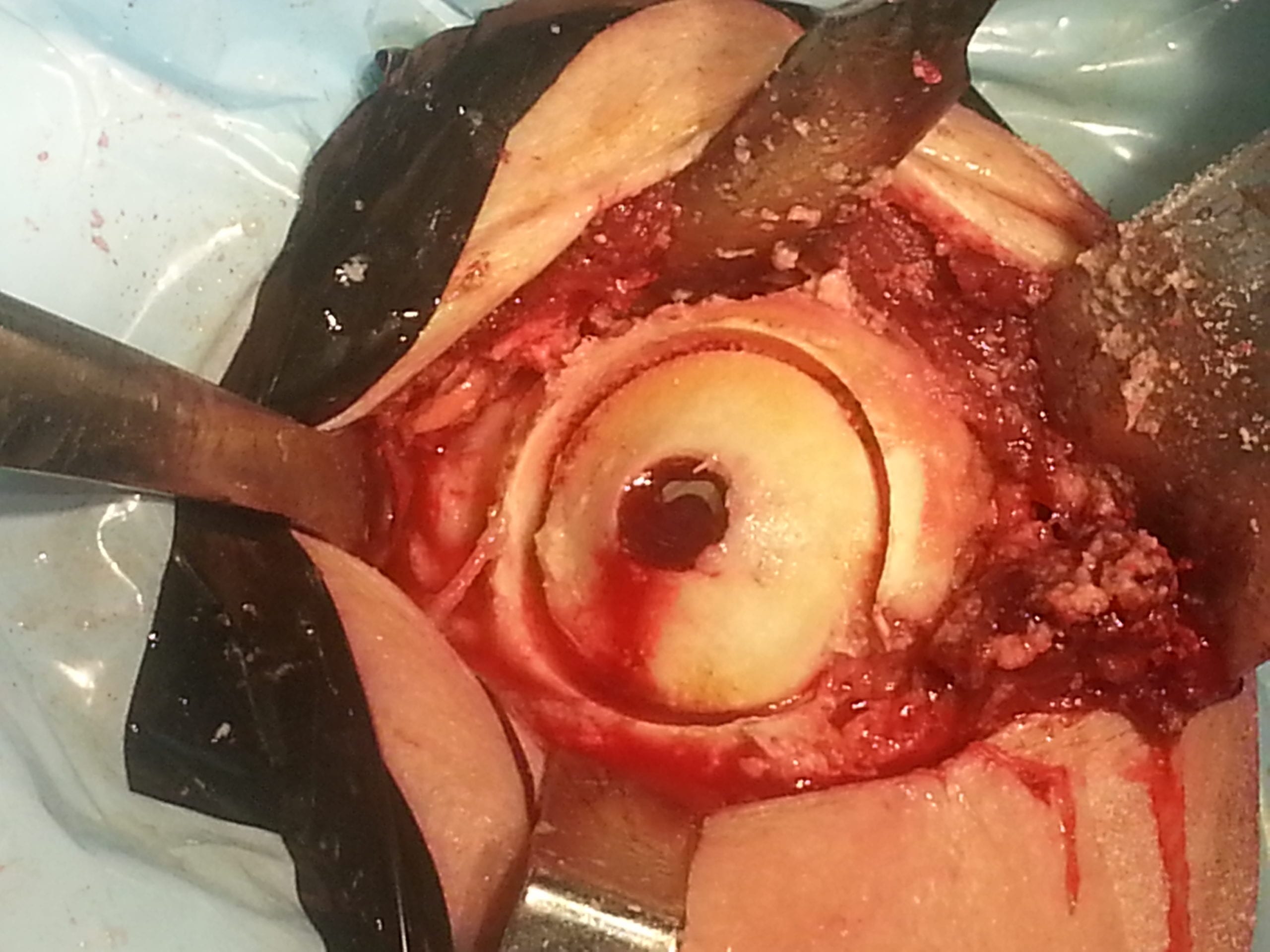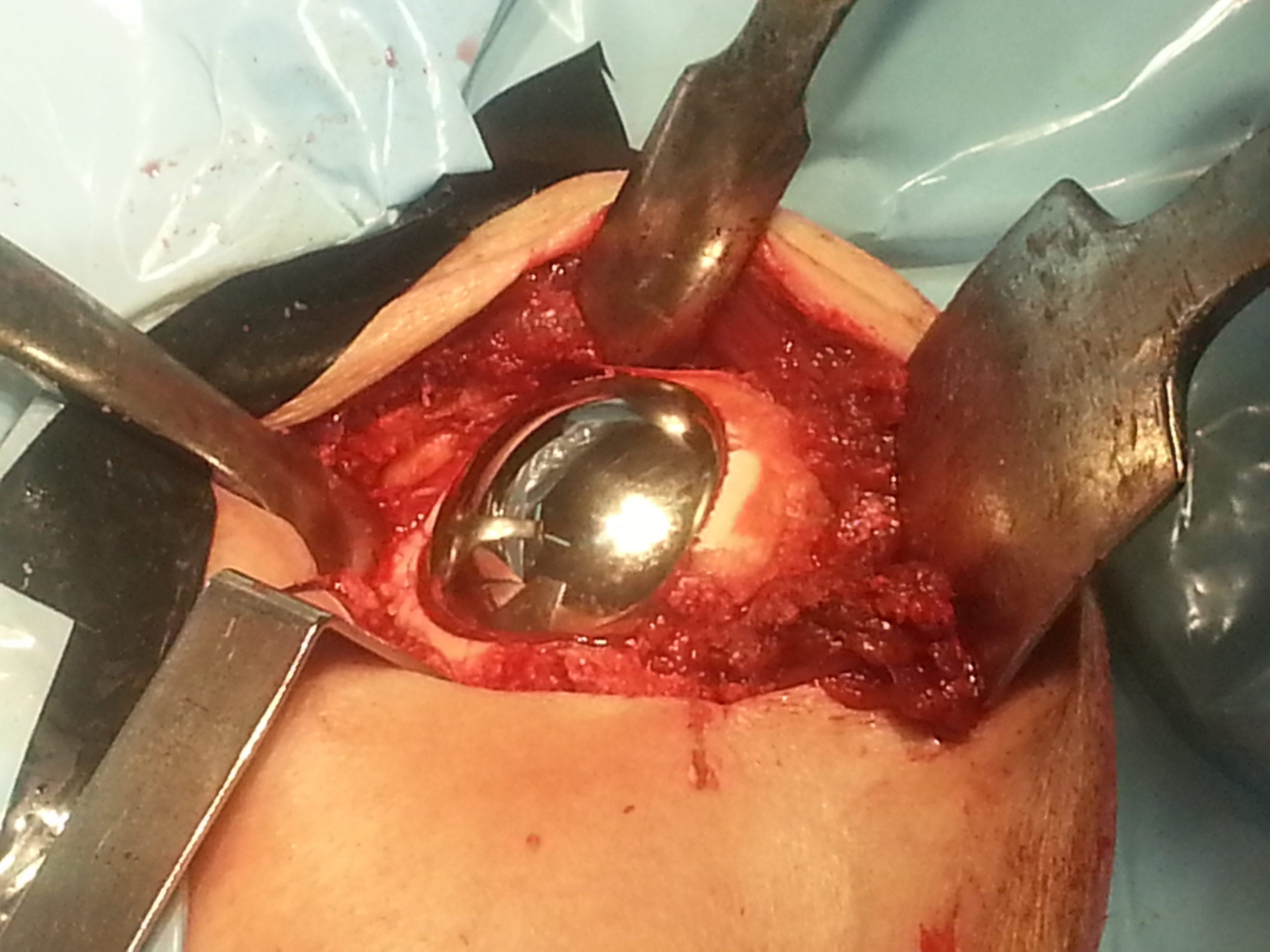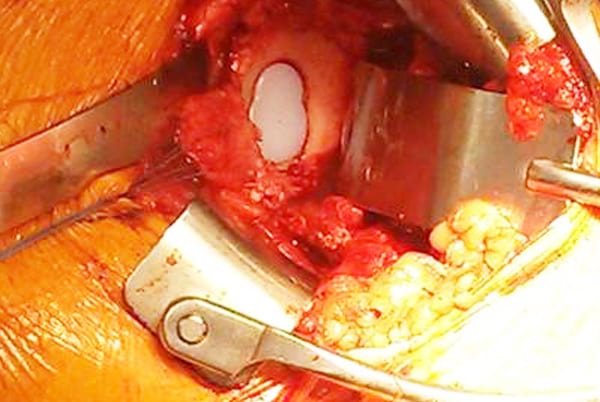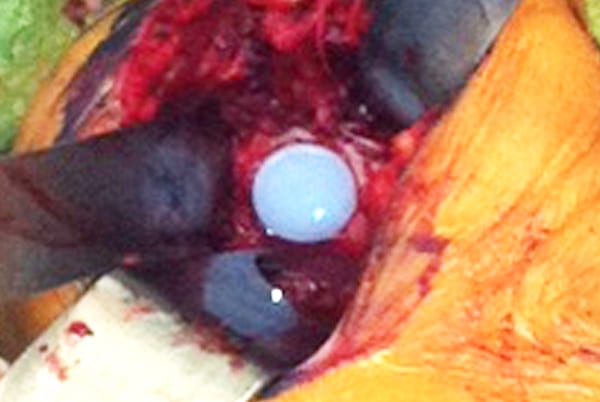Anatomic Shoulder Implant Systems
Shoulder HemiCAP® & OVO/OVOMotion with Inlay Glenoid TSA Systems
The Shoulder HemiCAP® Systems and the OVO® and OVOMotion® with Inlay Glenoid Shoulder Arthroplasty Systems restore the articular surface geometry of the humeral head while preserving surrounding bone and joint structures by using an innovative nonspherical humeral head implant. Our nonspherical humeral implants with Inlay Glenoid truly recreate the native anatomy of the Shoulder joint and are proved to reduce pain and improve range of motion.
The combination of an nonspherical humeral head implant and inlay glenoid has shown to be effective in not only active and younger patients but in all of those with glenohumeral arthritis even those facing posterior subluxation and bone erosion. This revolutionary stemless total shoulder system closely replicates native patient anatomy and provides equal or better pain relief and superior range of motion compared to traditional total shoulder replacements. *Data on file at Arthrosurface.
Some of the clinical conditions that The Shoulder HemiCAP® system & OVO®/OVOMotion® with Inlay Glenoid Total Shoulder Arthroplasty Systems are used to treat are:
- Avascular necrosis (AVN)
- Hillsachs Lesions
- Post-traumatic degenerative disease.
- Glenohumeral Osteoarthritis
- Arthritis
Restoring the shoulder joint with a HemiCAP® or OVO® implant is an active solution to a total shoulder replacement. The idea behind the Shoulder Implant Systems is to prevent further damage to the joint while maintaining the patient’s native anatomy, motion and activity level. The system consists of a cap (implant) and screw that mate together via taper lock. The implants match the diameter of the damaged area as well as the precise radius of both curvatures on the shoulders’ surface, superior to inferior (top to bottom) and medial to lateral (side to side). The Arthrosurface® screw system is a stable construct with no reported loosening.
Features & Benefits:
- Nonspherical (aspherical) humeral implant matchs anatomy of humeral head.
- Humeral head is not spherical, why use a spherical implant?
- Reduced Pain, Improved Range of Motion, Shorter Recovery, Shorter Rehab
- Truly Anatomic, Doesn’t overstuff the shoulder joint.
- Proven for use of B2 & C Glenoids. Inlay design eliminates rocking horse effect
- Preserves all revision options
- Proven peer reviewed published data
- 51 anatomically matched humeral implant convexities & 4 inlay glenoid options
- The ovoid shape of the OVO® matches humeral head geometry
- Bone and tissue sparing preserves future primary arthroplasty – “No Bridges Burned”
Inlay Glenoid Features
- Proven for B2 & C Glenoids. Inlay design eliminates rocking horse effect
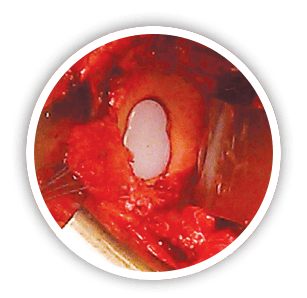
- An off the shelf, sterile disposable surgical kit
- Partial or Full inlay glenoid virtually eliminates overstuffing
- Glenoid bone preservation permits future onlay options
- Inlay design is stable and anatomic to avoid loosening
- Off-axis preparation of the glenoid socket avoids head removal
- The Arthrosurface Shoulder implant systems are comprised of two parts, an articular cap and a fixation component. The two components are connected together via morse taper, with zero reported loosening. The instruments are organized in the order of surgery, proceeding from left to right and top to bottom. The technique varies slightly depending on whether a Classic Shoulder HemiCAP® or the OVO®/OVOMotion® implant is selected, however the surgical procedure is essentially the same as all other HemiCAP® techniques.
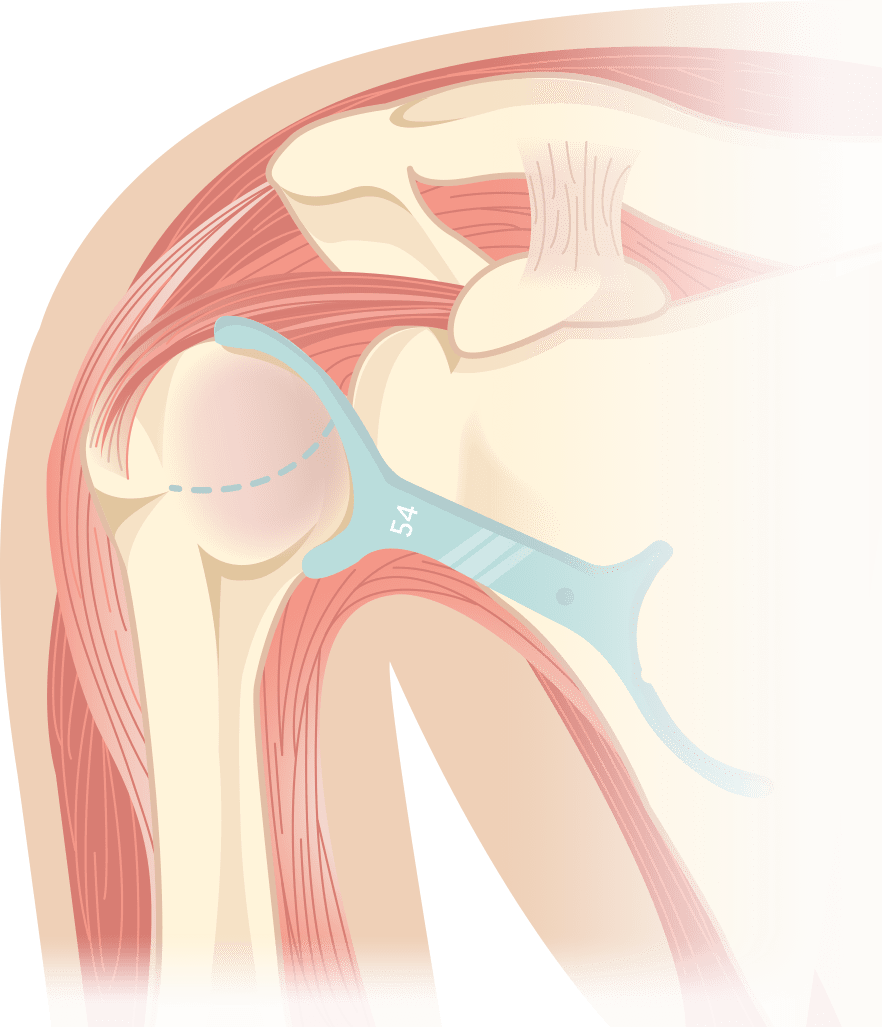 The glenoid is prepared off axis, using a 30⁰ angled guide to place a guide wire. Then, through a series of reaming and trialing, the best fit is determined. Once the socket is reamed to the correct depth, tunnels are drilled for the peg holes and perforations are made in the bone bed to improve cement fixation. The cement is then placed and pressurized using a special silicon finger sleeve and then the implant is seated and impacted into place.
The glenoid is prepared off axis, using a 30⁰ angled guide to place a guide wire. Then, through a series of reaming and trialing, the best fit is determined. Once the socket is reamed to the correct depth, tunnels are drilled for the peg holes and perforations are made in the bone bed to improve cement fixation. The cement is then placed and pressurized using a special silicon finger sleeve and then the implant is seated and impacted into place.- Once the glenoid is in place, the humeral head implant is seated/ impacted on the taper post. Closure is then completed.
- To Download the Surgical Technique’s please visit our Literature Page: Literature
- Click here to download the Shoulder HemiCAP Hemiarthroplasty Systems Surgical Technique Guide
- Intuitive, universal, reproducible procedure across multiple joints
- The anatomic humeral curvatures and inlay glenoid are designed to eliminate overstuffing which can affect range of motion, overloading and glenoid loosening
- Minimally invasive/outpatient procedure can be performed in approximately one hour
- Maintains soft-tissue envelope and native joint mechanics
- The two components are connected together via morse taper, with zero reported loosening
- Preserves skeletal anatomy thereby allowing a future total joint replacement
- HemiCAP® technology was designed so patients can continue working and retain an active lifestyle without compromising future treatments.
- Clinical studies demonstrate positive clinical outcomes
- Patients report pain relief, rapid recovery and a full range of motion
- The procedure may be performed on an outpatient basis
- Allows for preservation of bone and soft tissues
- Maintains existing joint biomechanics, thereby allowing normal motion
- Patients experience a rapid return to activity for both work and exercise
- Less bone removal than a total shoulder replacement
RevoMotion®– Reverse Shoulder Arthroplasty System
Features & Benefits

Introducing the industry’s smallest diameter threaded glenoid baseplate
- 23mm diameter baseplate
- Curved-back design with 4mm of lateralization from the glenoid face which may reduce scapular notching and allow impingement free ROM1
- Baseplate features a 6.5mm center crew, offering 10x the compressive force of a center post baseplate2
- Glenosphere insertion slot and unique coupling between baseplate and center screw support easy assembly and insertion of implants1
Mid-lay humeral design
- Seven humeral tray sizes provide a more precise fit and are designed for optimized range of motion and reduced risk of scapular notching
- Humeral tray and bone preparation designed to decrease stress shielding on proximal humerus with forces evenly distributed on entire proximal humerus
- Plasma spray undercoating offers immediate press-fit and long-term biologic fixation3
Streamlined system
- Only 2 instrument trays
- Reduces sterile reprocessing and associated costs
- Enhances efficiency, ideal for the ASC setting
